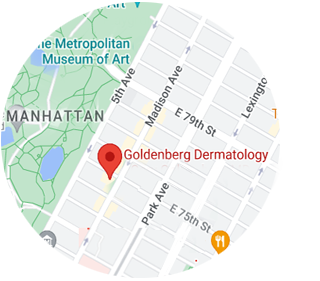Hair Loss Blog – Common Causes
The most common cause of hair loss, or alopecia, is genetic. This has been called androgenetic or male pattern or female pattern. While it commonly runs in families, it doesn’t matter if your parents or siblings have lost their hair – if you have the gene and it gets turned on, your hair will begin and continue to thin. In men this may manifest as complete hair loss (think Q ball). Most women do not lose their hair line but can have significant thinning on their scalp (think old lady with puffed up blue hair).
Androgenetic alopecia usually begins in the 20’s or 30’s (although we see more and more cases in late teens). In men, this is simply a genetic process with recession of the hairline and thinning in the crown of scalp. In women it is often made worse by hormonal abnormalities (such as PCOS) and is often revealed after post pregnancy hair loss. Nutritional deficiencies, including poor diet and low vitamins/nutrients, can make this type of hair loss worse.
Prevention of further thinning and hair loss is the most important aspect of treatment of this type of hair loss. More specific treatment options will be discussed in future blog posts. But one important point is as follows – stopping hair thinning and loss is a great result for many patients. Therefore, sometimes one undergoes a treatment regimen and doesn’t see a difference. The question we always ask in this case is as follows: “What would happen if you didn’t undergo any treatment?” And the answer usually is continued thinning and hair loss. And while most patients can regrow hair with a non-surgical rejuvenation regiment, not seeing any more loss is a great result.
The second most common type of hair loss we are at Goldenberg Dermatology is telogen effluvium (TE). It most commonly occurs 6-12 months after a stressful event, physical or emotional. We most commonly see it after pregnancy. It can also occur after surgery, after starting a new medication, being diagnosed with an illness, or after an extremely stressful emotional or personal event.
Patients usually complain of hair shedding as the main symptom. It’s normal to lose approximately 100 hairs every day. With TE, patients may lose more than several fold of this number. Hair may come out while showering, brushing, or simply running one’s hand through their hair. The onset is usually very sudden and may be very alarming to a patient. Patients often complain that the can’t style their hair in a usual fashion, their pony tail is getting very thin, or that they lose more and more hair every day.
TE is caused by nutritional deficiency of hair follicles during a stressful event. For example, during pregnancy, the body may shuttle nutrients away from hair follicles to the baby and mother’s vital organs. This leaves hair follicles vulnerable and weak. Approximately 6 months after, weak follicles shed, resulting in hair coming out in clumps. While new, healthier follicles usually replace these, this process can take up to a year to improve, causing a lot of emotional distress.
TE is usually reversible, after approximately 6-12 months of shedding. It may take another 6-12 months for the hair to come back, especially without treatment. Oftentimes, TE can uncover an underlying androgenetic alopecia, leaving the hair and scalp never the same. Nutritional deficiencies, including poor diet and low vitamins/nutrients, can make this type of hair loss and shedding worse.
Treatment of TE will be discussed in a later blog post. But it’s important to mention that supporting hair with nutrition, hair care and various procedures during this time is very important. While little scientific evidence for this exists, we’ve treated patients with PRP during or immediately after a stressful even that may cause TE in order to support hair follicles with extra nutrients and growth factors in effort to prevent extreme shedding.












Leave a Reply
Want to join the discussion?Feel free to contribute!